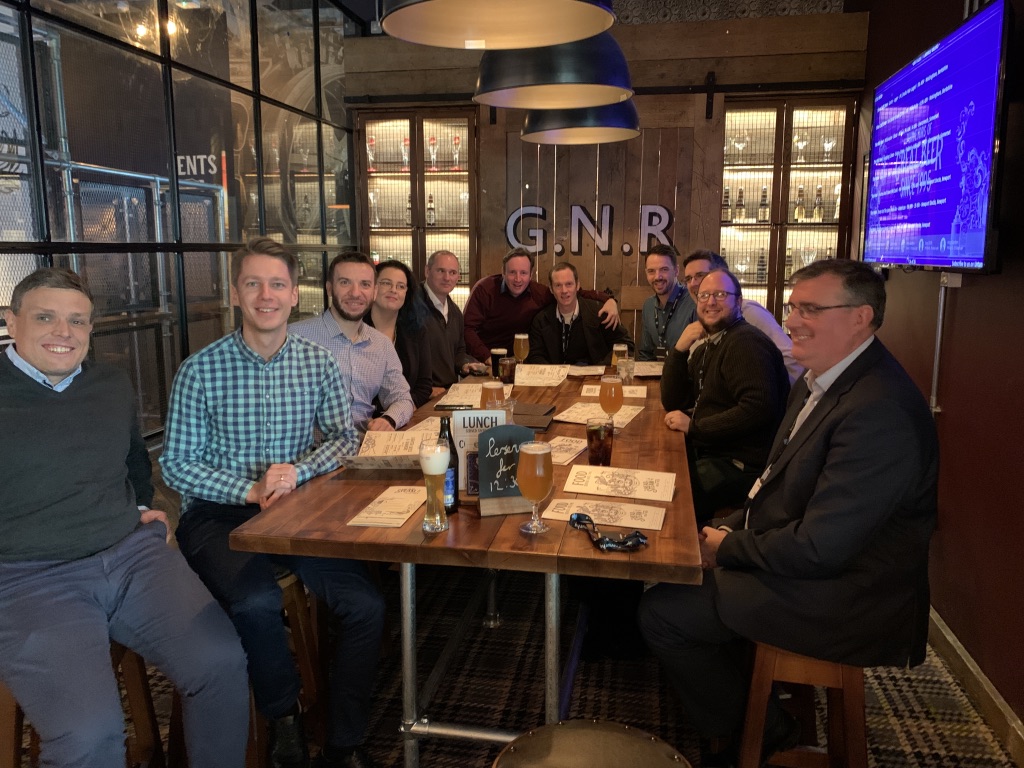
Screens and keyboards, there is nothing human about those things. It’s who’s behind the screen and who’s typing on the keyboard that matters.
The problem is we are glued to our screens and we are typing away all of the time. It’s more natural however to talk to people. And when you can’t do this face-to-face there has to be a better way than spending 12 hours a day on Zoom calls with all the fatigue that goes with that.
This is why in between meetings using voice notes, video messages and screencasts work. We are all missing the office camaraderie and interpersonal interactions. The chance meetings. The coffee breaks or indeed the after-work drinks. These will return. In the interim, there has to be a better way to work remotely.
We use voice notes in our personal lives. We might share a quick video or a photograph. The question is why don’t we do this more often at work. Some people think sending a voice note he’s like shouting at somebody. I tend to disagree there is something beautiful about listening to a person’s voice. You get the tone of the conversation, the intent and emotion. From this, you can deduce the importance of a message. Whether it’s a top priority or something that can wait.
It’s impractical to meet every day. Our diaries don’t allow it. But to still hear somebody’s voice or see their work this helps with alignment and engagement. People are genuinely interested in what other people are doing and how it helps with the overall success of the company. Yet far too often we are going blind. Managers want to know that we are working on the right things at the right time and that everybody is pulling in the right direction. Show and tells of the work done on a daily basis helps with this. Whether it’s the buzz of releasing a new product or the heartache of having to deal with a customer complaint. Seeing is believing.
Too often during this remote work period, people have been talking but not seeing. They have been chatting with instant messages with no tone. They have been talking about pictures without seeing them. This is when screen-casting, voice notes and video messaging comes into the rescue.
Everybody watches movies on demand. Most people are now listening to podcasts. Why can’t we bring this experience to the workplace? The truth is we can. Watch and Learn offers the ability for you to video message for work. You can quick and easily produce screencasts explaining complex problems, onboarding staff remotely, producing management reports in a new way and supporting customers troubleshoot.
To do this what needs to change. We need to firstly stop scheduling needless Zoom calls throughout the day. We need to substitute some of these with screencasts. We need to use voice notes in the workplace to connect better to get the work done. We need to type less those long-winded emails and talk more. We’re all trying to figure out a new way of working. There is no silver bullet. There is no right way of doing things. Bringing empathy and humanising the way we work whilst we are far apart is the single most important thing for employee engagement and business results.
Hearing your manager praise your work with a voice note is as good as a handwritten thank you message that you would have received in the office. Seeing a new product release for the first time through a screencast is as exciting as watching a trailer for a new movie. Remote work doesn’t have to be text-based it’s about people. People don’t need to be on endless video calls there are smarter ways of working than that!